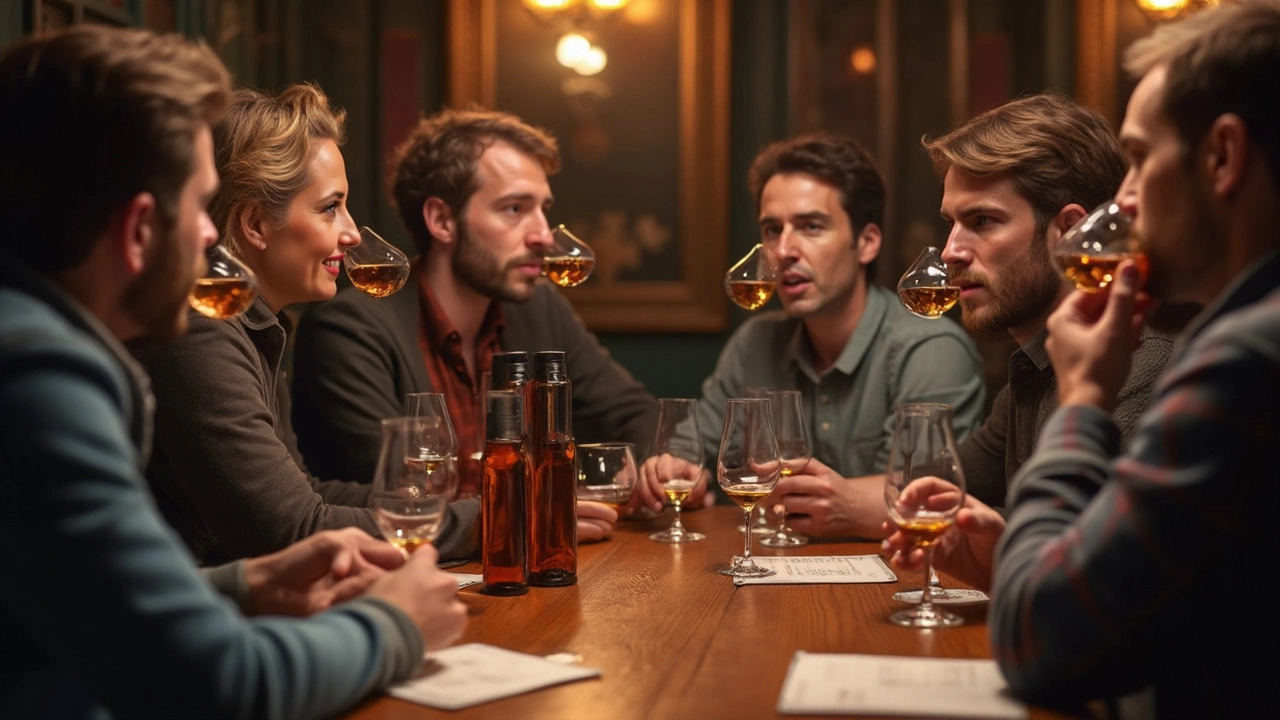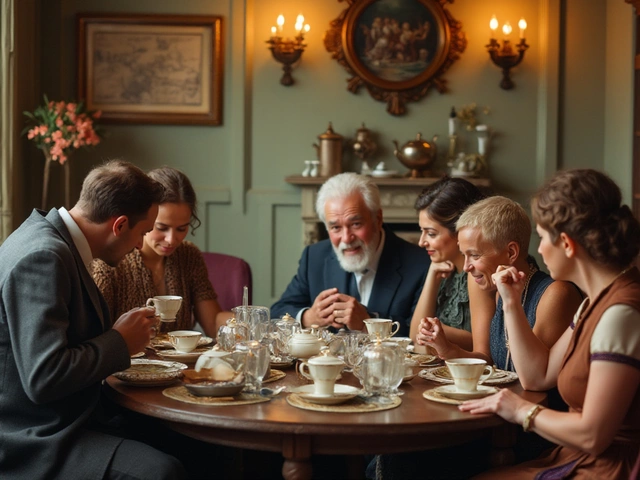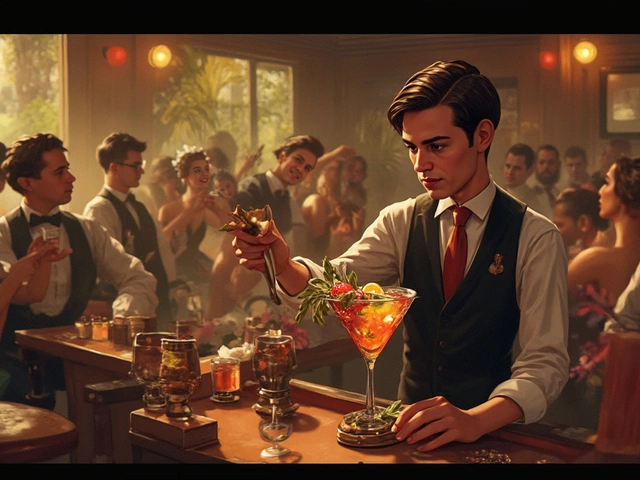Understanding the Nose: A Simple Guide to Wine Aromas
Ever wonder why some wines feel more exciting than others? It’s often the nose. The scents you pick up can tell you a lot about a wine’s age, variety and quality. In this guide we’ll break down why the nose matters and give you easy steps to sharpen it, so you can enjoy every glass more fully.
Why the Nose Matters in Tasting
The nose is the first sense that meets a wine. A good sniff can reveal fruit, spice, earth or oak before you even take a sip. Those clues help you predict flavor, balance and whether the wine matches the food you plan to serve.
Most beginners focus on the palate and miss out on the aroma story. Think of a wine as a mystery novel – the nose gives you the opening chapters. Spotting a hint of blackcurrant, a whiff of vanilla, or a touch of wet stone can guide you to the right food pairing or tell you if the wine is ready to drink.
Practical Tips to Train Your Nose
1. Start with the basics. Choose three common aromas – say, citrus, strawberry, and vanilla. Smell each directly (a peeled orange, fresh strawberries, a vanilla bean) and note what they feel like. This builds a mental library you can pull from later.
2. Use a consistent approach. Before you smell a wine, give the glass a gentle swirl, then hold it at nose level for a few seconds. Take a deep breath in, pause, and exhale slowly. Repeating the same routine helps your brain pick up subtle differences.
3. Pair wine with familiar foods. Taste a sip of the wine and then bite a piece of the food that matches the aroma you think you hear. If you smelled cherry, try a bite of fresh cherry or a cherry‑flavored jam. The match reinforces the scent memory.
4. Practice with a tasting journal. Jot down the wine name, the aromas you detect and how strong they are. Over time you’ll notice patterns – maybe you always catch a peppery note in a certain varietal. This record keeps you honest and encourages improvement.
5. Give your nose a break. Strong smells can fatigue your olfactory nerves. If you feel your nose getting dull, step outside for fresh air or sniff a cup of coffee beans. Resetting helps you stay sharp throughout a tasting session.
With these habits, you’ll start spotting nuances like a hint of leather in an aged Cabernet or a subtle floral note in a young Riesling. The goal isn’t to become a perfume expert, just to add another layer of fun to your wine nights.
So next time you pour a glass, take a moment to really smell it. Trust your nose, jot a quick note, and see how the aromas guide your sip. You’ll find that the more you use your nose, the more confident and enjoyable every tasting becomes.
Curious about what 'nose' means in the world of whisky? This article breaks down how the nose is more than just a body part—it's your main tool for discovering flavors and quality. Expect real tips on how to use your sense of smell to get the most out of every dram. You'll also find tricks to train your nose and surprising facts about aroma's power in whisky tasting. Get ready to upgrade your whisky game with a few simple sniffing skills.
View Details

